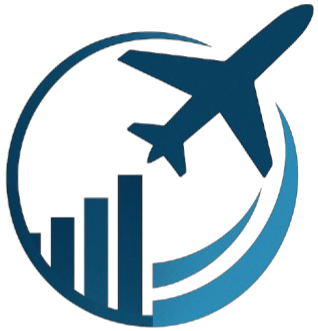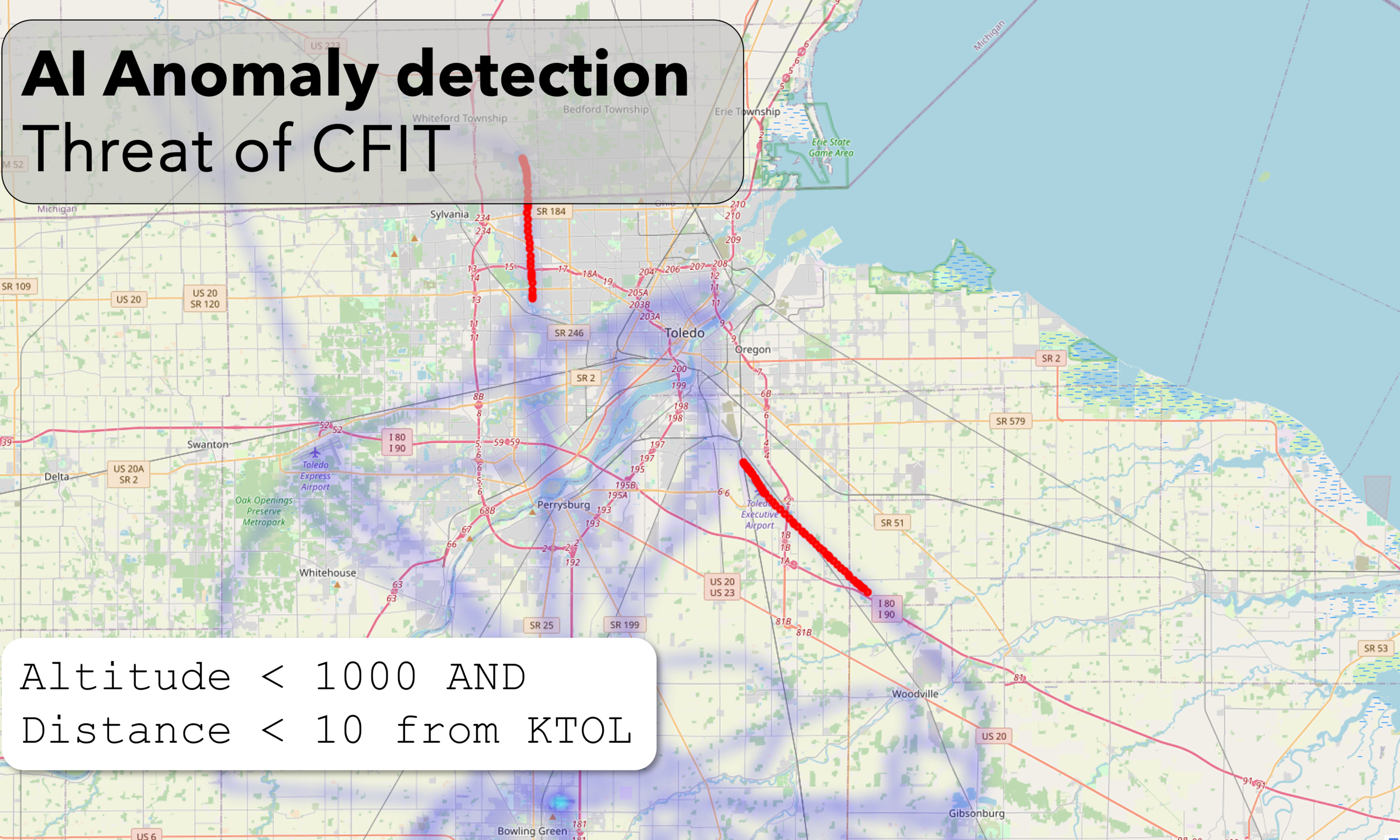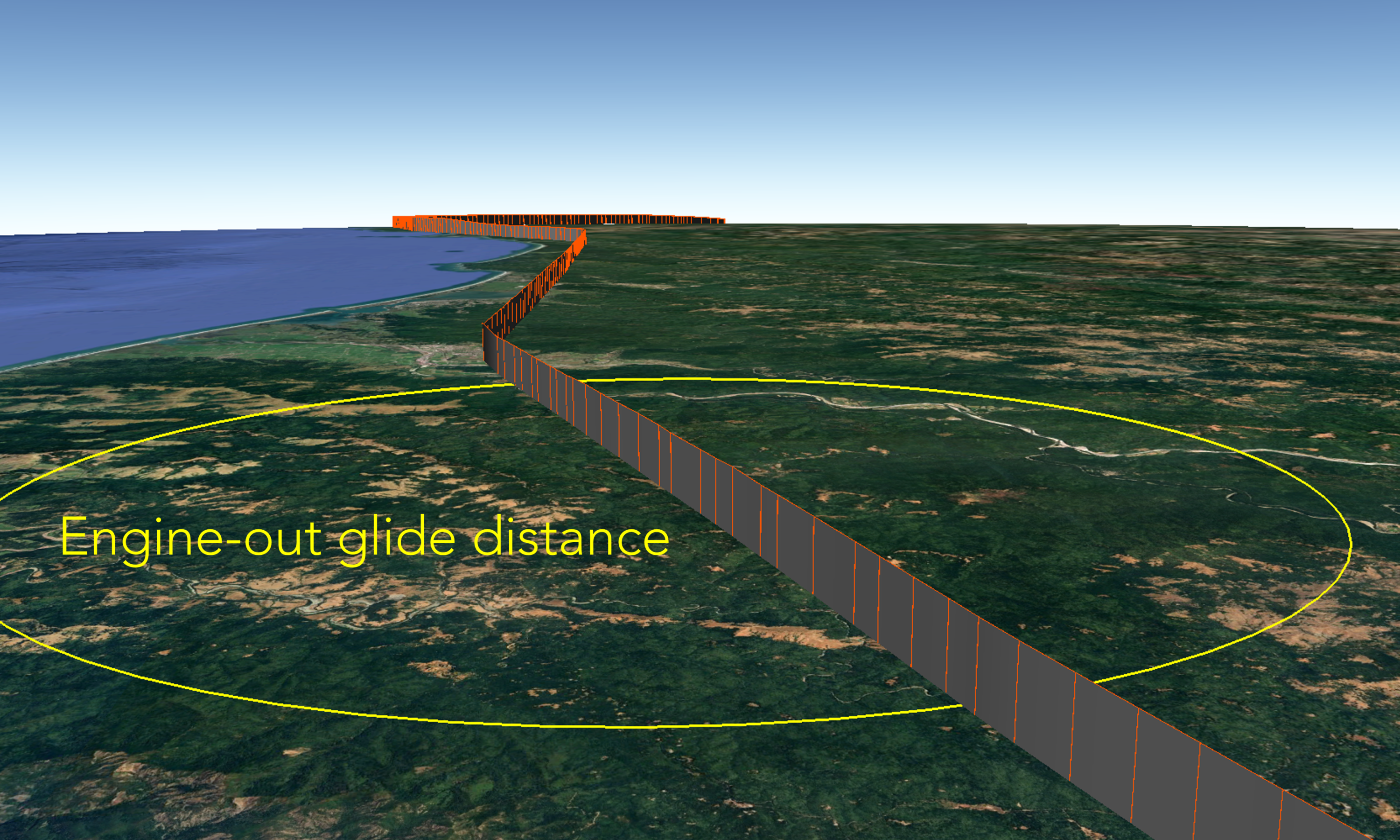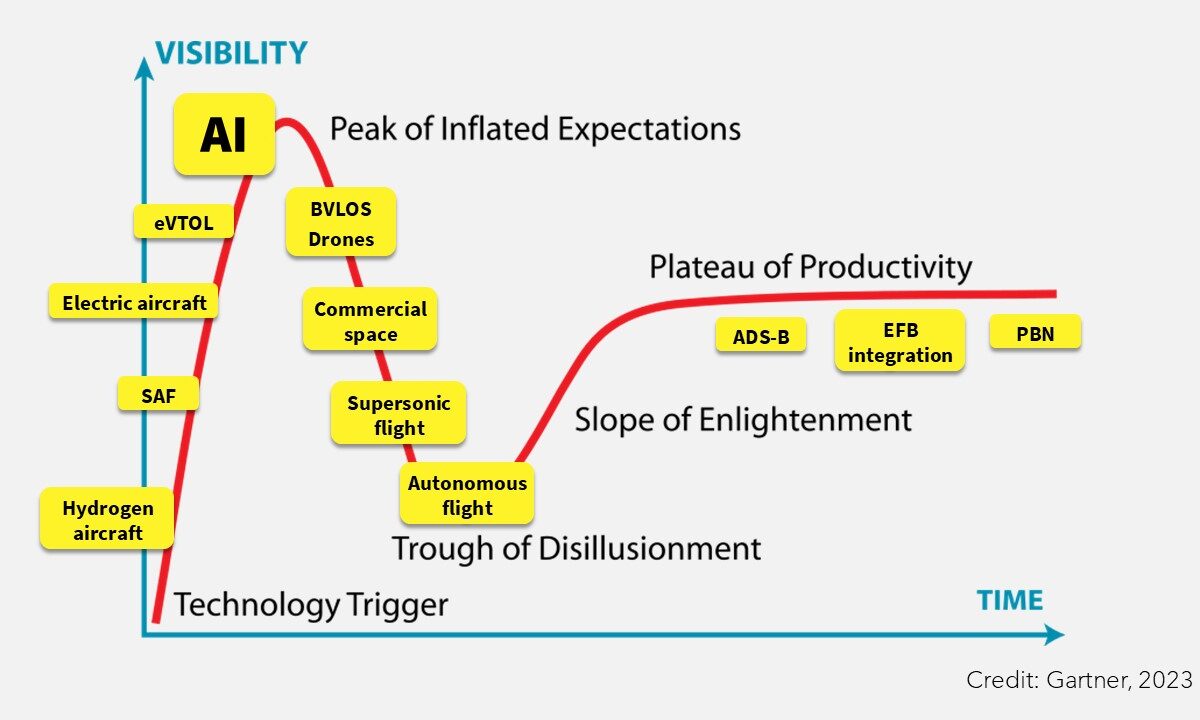Resources
Peer-reviewed expertise in human factors, safety managment, and data science
Our experts have an integrated approach to safety, which is essential for the coming years.
Human Factors
Complex socio-technical systems rely on requisite capacity to operate sucessfully. Too often ‘human factors’ is syonomous with ‘human blame.’ With the rise of AI, adapting HF to work with automated systems is crucial.
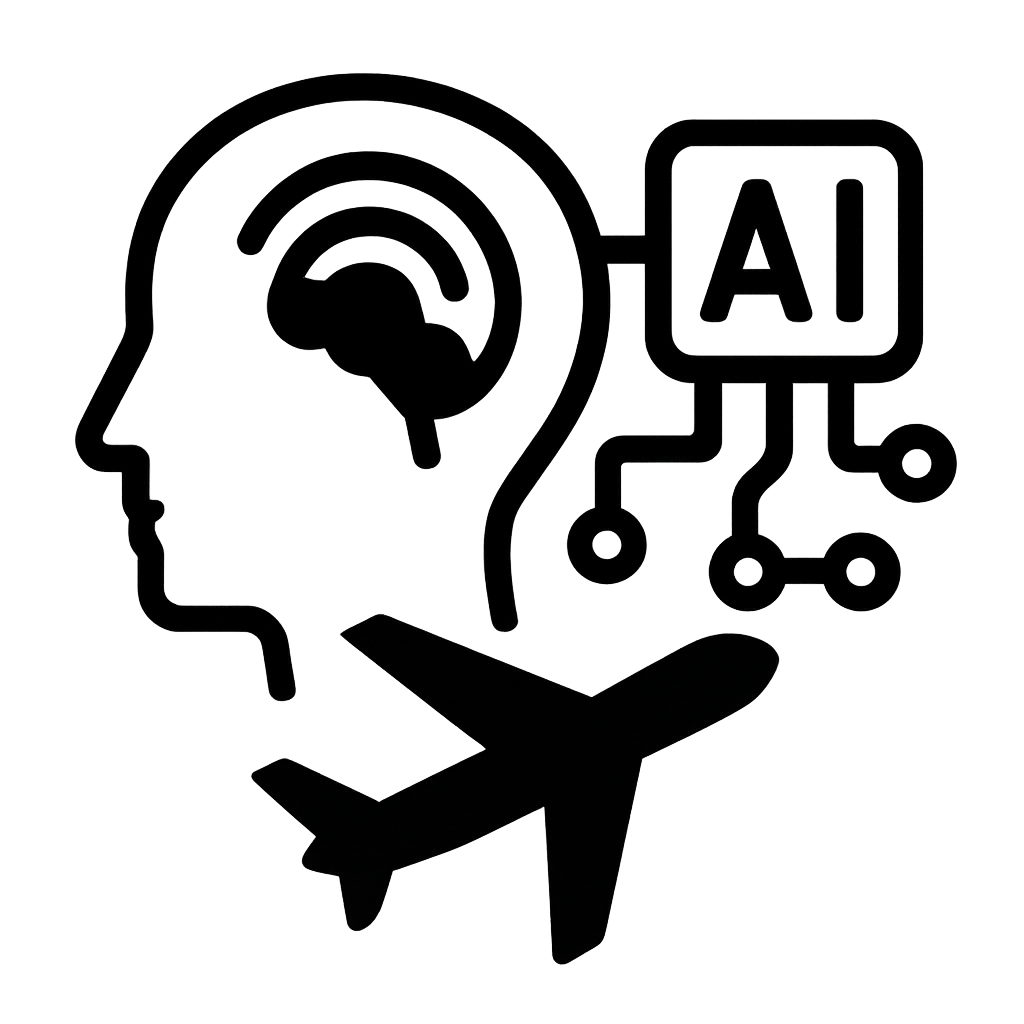
Safety management
Despite being mandatory in many industires, there are significant shortcomings in understanding SMS from the C-suite to the frontline. All employees need to know their role for the system to be sucessful.
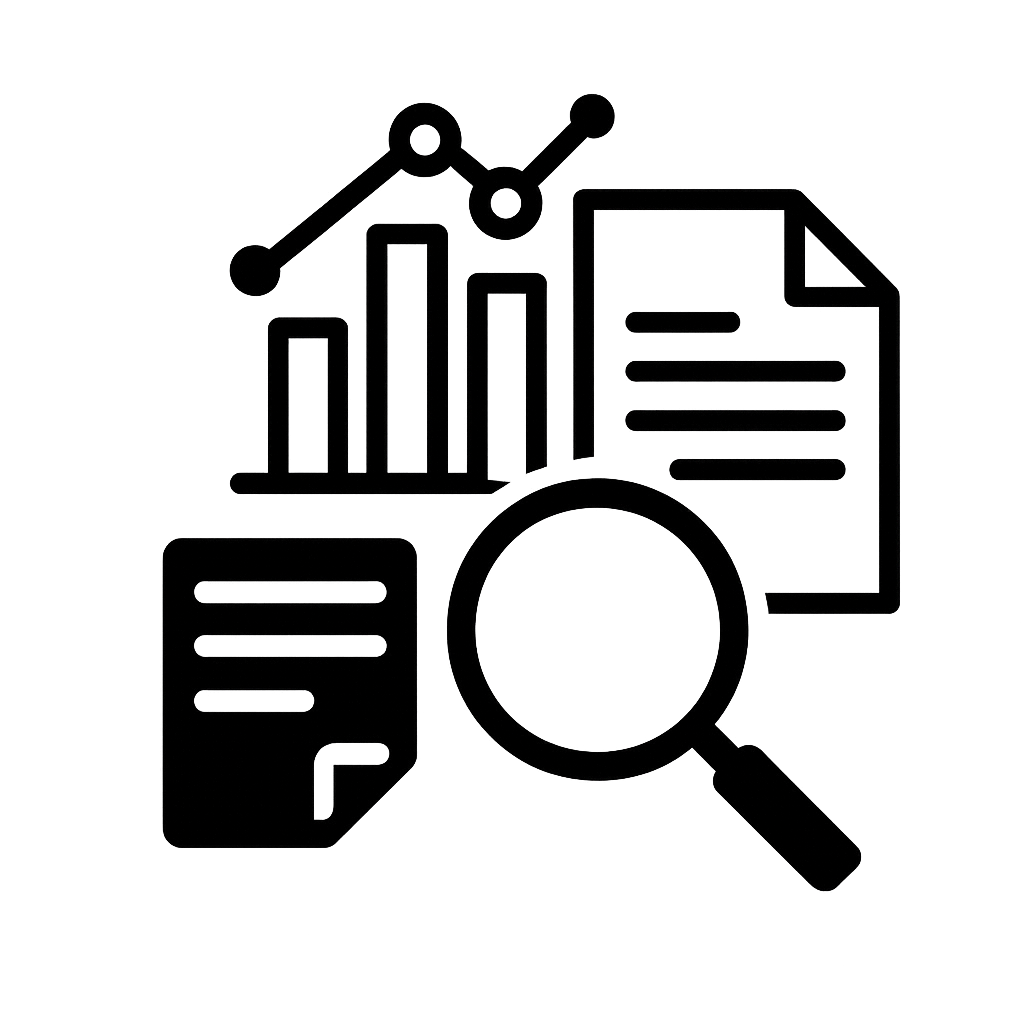
Data science
Data literacy is crucial, as the ability to evolve storytelling from data → information → knowledge → wisdom. Seasoned employees will need to upskill and be comfortable in the new world of models, algorithms, and AI-assisted decision-making.

Modeling work using modern methods
The functional resonance analysis method (FRAM) is an example of depicting normal work that goes beyond bow tie, Swiss cheese, fault tree, and other incident-based methods. It is intuitive and able to be built by frontline workers, giving a sense of ownership and worth in risk management.
Real-world AI applications for aviation safety
Open source data offers an incredible opportunity to utilize the tools of AI. Here, general aviation aircraft are tracked with ADS-B to detect anomalies in flight path. Cluster detection can identify patterns across repeated training routes, revealing outliers that may indicate procedural drift, instructor variation, or a greater risk of midair collision.
